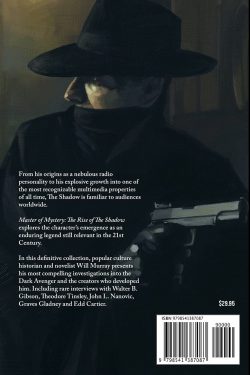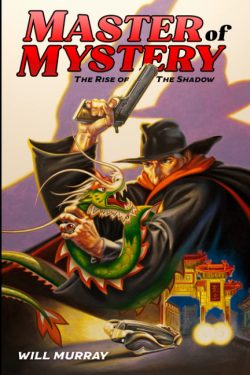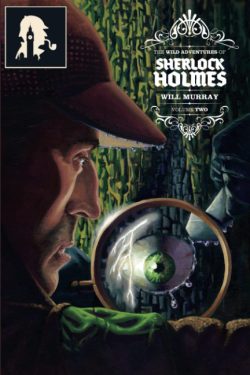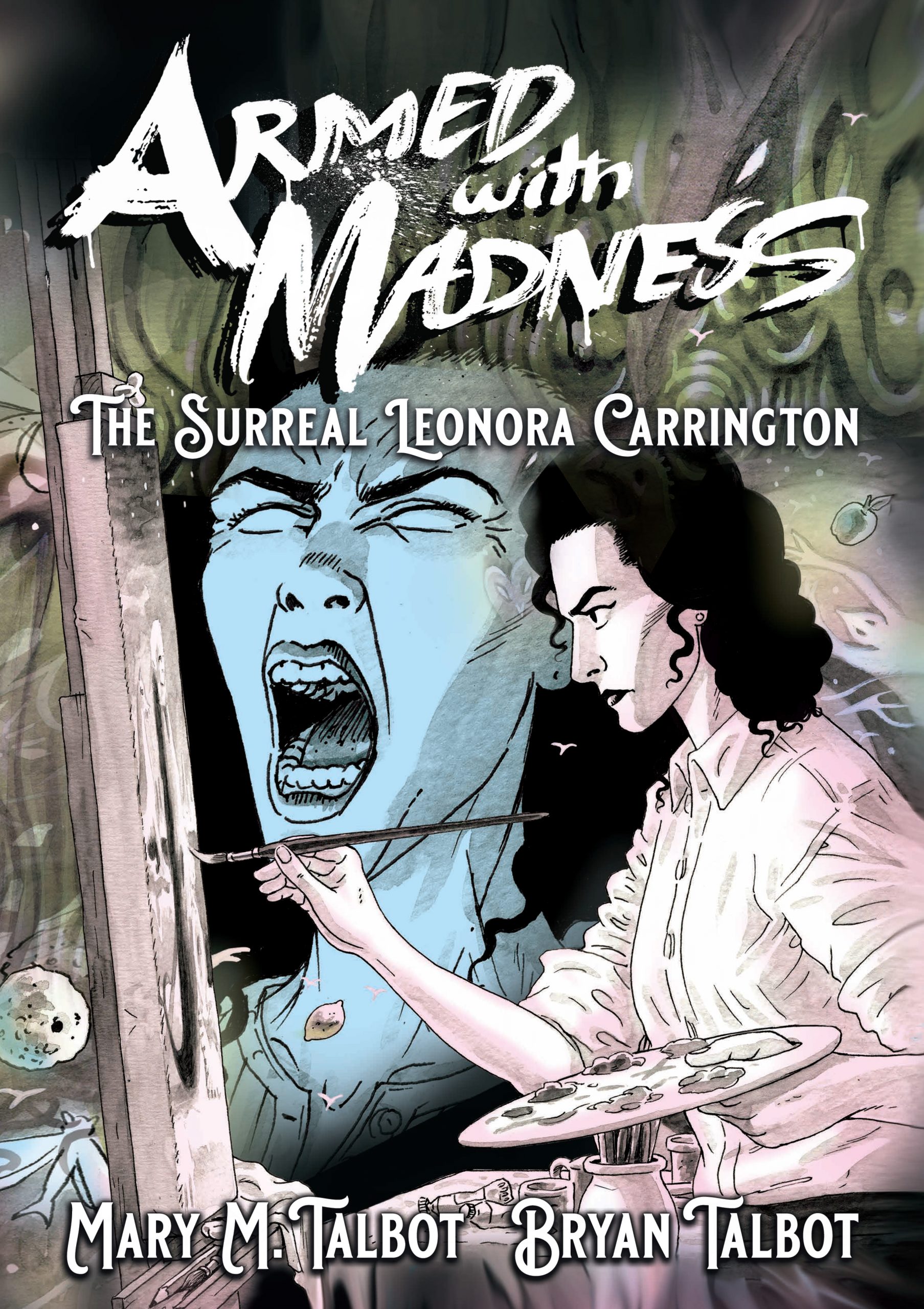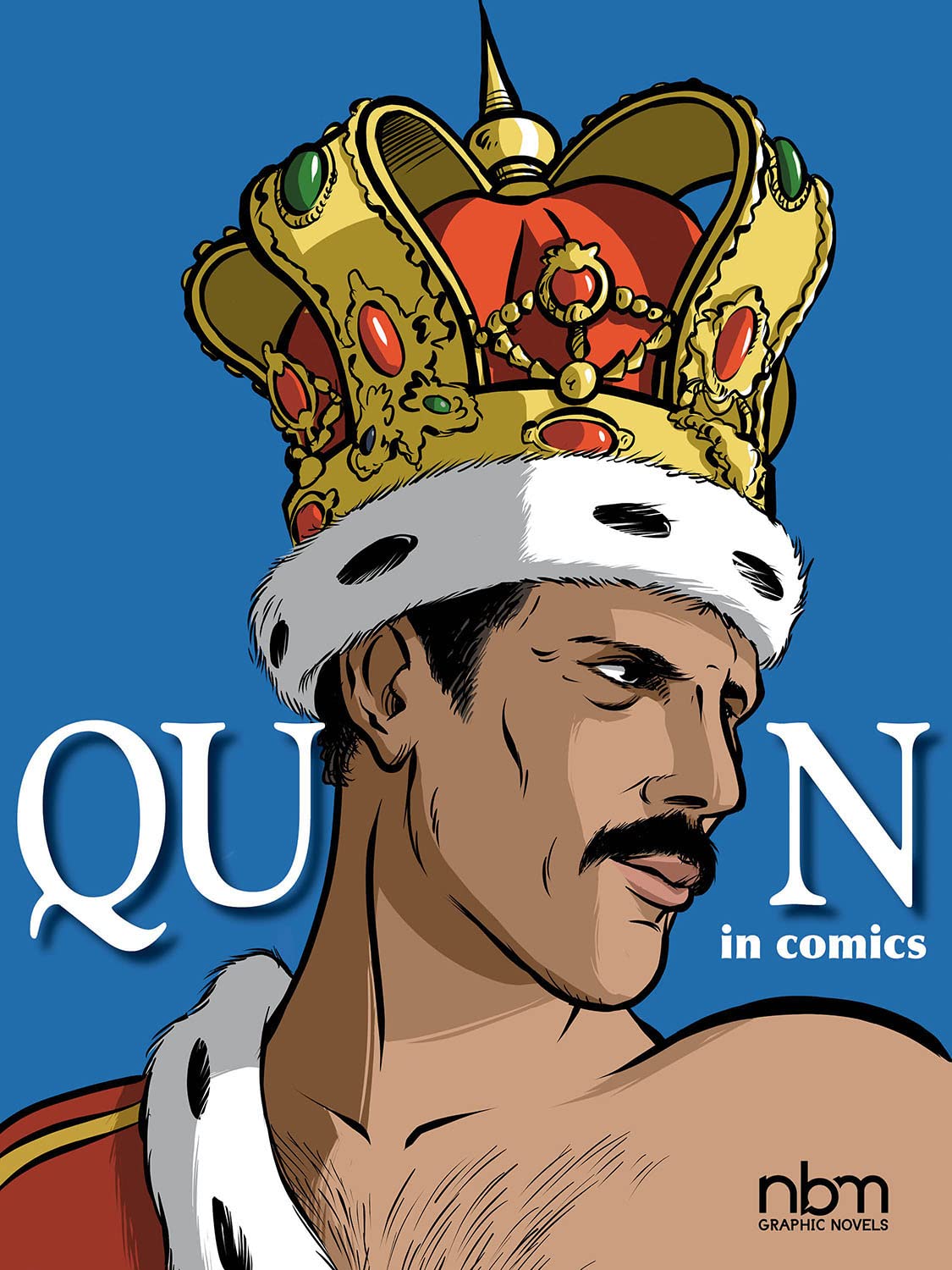
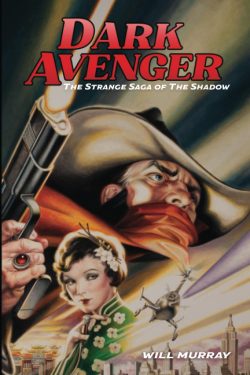
By Will Murray, illustrated by Frank Hamilton, Rick Roe, Colton Worley, Joe DeVito & various (Odyssey Publications)
ISBN: 979-8-36971-672-4 (PB/Digital edition)
In the early 1930s, just as the Great Depression hit hardest, The Shadow afforded thrill-starved Americans measured doses of extraordinary excitement via shoddily produced periodical novels and over eerily charged airwaves via an iconic radio show.
The “Pulps” were a blend of book and monthly magazine, made exceedingly cheaply and published by their hundreds in every style and genre. The results ranged from truly excellent to pitifully dire, but for exotic or esoteric adventure-lovers there were two stars who outshone all others in terms of quality and sheer imagination. The Superman of his day was Doc Savage, whilst the premier relentless creature of the night darkly dispensing grim justice was the enigmatic vigilante discussed here.
Detective Story Hour licensed and dramatised stand-alone crime yarns from Street & Smith publication Detective Story Magazine, deploying a spooky-toned narrator (variously Orson Welles, James LaCurto or Frank Readick Jr.) to introduce each tale and set the scene and mood. Think of it as just like our Jackanory, but for grown-ups and rather toned down….
The anonymous usher absolutely obsessed listeners and became known as “the Shadow”. From the very start on July 31st 1930, he was more popular than the stories he highlighted…
Dark Avenger: The Strange Saga of The Shadow is a beguiling and utterly compelling history of how the phenomenon occurred: revealing exactly how that voice evolved through sheer popular demand, smart business acumen and the writing find of a generation, to manifest as proactive character/brand The Shadow: solving instead of narrating mysteries, defending the innocent and punishing the guilty, and reshaping how the public viewed its leisure and entertainments.
Thanks to fervent and incessant demand, on April 1st 1931, the sepulchral stranger began mastering newsstands in his own adventures, mostly written by incredibly prolific and astounding gifted Walter Gibson. He was a journalist, author, historian and aficionado of stage magic and legerdemain who broke records and sired legends under the house pseudonym “Maxwell Grant”.
On September 26th 1937, the radio show was officially rebranded as The Shadow and the menacing call-&-response motto “Who knows what evil lurks in the hearts of Men? The Shadow knows!” resonated out unforgettably over the nation’s airwaves and into common cultural currency.
Over the next 18 years, 325 novels were published, usually at the rate of two a month. The uncanny crusader infested comic books, movies, newspaper strip and all the hoopla and merchandising paraphernalia you’d expect of an indisputable superstar.
The pulp series officially ended in 1949, although Gibson and others added to the canon during the 1960s when a pulp/fantasy revival gripped the world. This trend generated reprinted classic yarns and new contemporary stories in paperback novels from Belmont Books, catapulting the sinister sentinel back into print in both books and especially comics.
In graphic terms The Shadow had always been a major player. His national newspaper strip – by Gibson & Vernon Greene – launched on June 17th 1940 and, when comic books really took off, the Man of Mystery had his own four-colour title; running from March 1940 to September 1949. Stablemate Doc Savage was also present in his own solo strip…
Archie Comics published a controversial contemporary reworking in 1964-1965, crafted by Robert Bernstein, Jerry Siegel, John Rosenberger & Paul Reinman under their Radio/Mighty Comics imprint. In 1973, DC acquired the rights, producing a captivating, brief and definitive series of classic sagas unlike any other superhero comic on the stands. Thereafter, DC periodically revived the venerable vigilante and even made him an official influencer of Batman…
After the triumph of Crisis on Infinite Earths, The Dark Knight Returns and Watchmen, Howard Chaykin was allowed to utterly overhaul the vintage vigilante for an audience at last acknowledged as mature enough to handle some sophisticated fare. This led to further, adult-oriented iterations and one cracking outing from Marvel, before Dark Horse assumed the license for the latter half of the 1990s and beyond.
There’s been another movie (1994) and the promise of still another, whilst Dynamite Entertainment secured the comic book option in 2011: reissuing much of those other publishers’ earlier efforts, and releasing fresh Shadow comics sagas closely adhering to the tone, timing and continuity of the pulp epoch.
In prose, new novels by the author of this mighty monograph have followed, including a fan’s dream teaming of the Man of Mystery and Man of Bronze…
Just as compelling as the stories themselves is how the Dark Avenger was born and precisely how he changed the world. This dossier details how it all came about in fascinating detail, beginning in a ‘Preface’ revealing how Will Murray’s 1970’s fanzine Duende has been retooled and remastered. Sharing the secrets and setting the scene, ‘The Men Who Cast The Shadow’ recounts precisely how The Shadow came to be: introducing the hidden men who made him and telling the tale of wonder scribe Walter Gibson.
What follows is a critical appreciation and outline of the publishing phenomenon, divided into discreet eras and tracked by cited individual issues. The formative cases are covered in ‘Phase One, 1931-1934: The Living Shadow to The Chinese Disks’, laying out how Gibson/Dent crafted fortnightly thrillers whilst building a supporting cast, core mythology, rogues gallery and new ways to enchant and confound readers.
The literary deconstruction continues with a period of confident experimentation in ‘Phase Two, 1934-1936: The Unseen Killer to Crime, Insured’, the pivotal payoffs of ‘Phase Three, 1933-1940: The Shadow Unmasks to Crime Undercover’ and confidant consolidation of ‘Phase Four, 1941-1943: The Thunder Kings to The Muggers’.
Firmly established and perhaps more risk-averse because of it, ‘Phase Five, 1943-1946: Murder By Moonlight to Malmordo’ deals with a managed decline. Wartime restrictions, substitute and auxiliary writers like Theodore Tinsley, as well as the series sheer age and ponderous back canon, augured a lack of assured spontaneity, even though the vigilante was now a cinema star too.
Another supplemental scripter signalled interim era ‘Phase Six, 1946-1948: The Blackest Mail to Reign of Terror’ as Noir-tinged, post-war attitudes and style infiltrated the established mystery detective oeuvre before the end came with a too-late return to first principles in ‘Phase Seven, 1948-1949: Jade Dragon to The Whispering Eyes’…
Although the magazine was gone, certain shadows lingered in the place where he’d begun. The 325th and final issue of The Shadow was cover-dated Summer1949, but his radio crusades against crime continued until December 21st 1954. As the Sixties unfolded he was back on the airwaves again, in comics and in new tales, whilst outside America he never went away. The British Shadow magazine, for example, kept on going until 1957…
Wrapping up the investigations, ‘Epilogue’ explores those later years and discusses that Batman connection and influences, before we learn a bit more of the backroom boys. That includes illustrator Joe DeVito in ‘About the Artist’, “angel” Dave Smith in ‘About our Patron’ and Murray himself in ‘About the Author’.
If you’re addicted to classic pulp fiction but need more than just the stories, you really need to check out Will Murray. New prose stories continue the primal legends of Doc Savage – including sidebar novels starring his phenomenal kinswoman Pat Savage; The Spider; the C’thulu mythos; Sherlock Holmes; King Kong; The Green Lama; The Bat; The Avenger; The Shadow; The Destroyer (Remo Williams); and Tarzan even as his astoundingly accessible scholarly books about the characters, era and especially creators, published as the Will Murray Pulp History Series.
You’ll probably want to see – or may already enjoy – Murray’s comics too: gems like The Unbeatable Squirrel Girl (co-created with Steve Ditko), Spider-Man, Hulk, The Destroyer, Superman, Batman, Wonder Woman, Secret Six, The Spider, The Gray Seal, Ant-Man, Green Hornet, Zorro, The Phantom and many more…
When Sherlock Holmes wrote such informational tracts like this one, they were called monographs. These days we just call them unmissable.
© 2022 Will Murray. All rights reserved.


